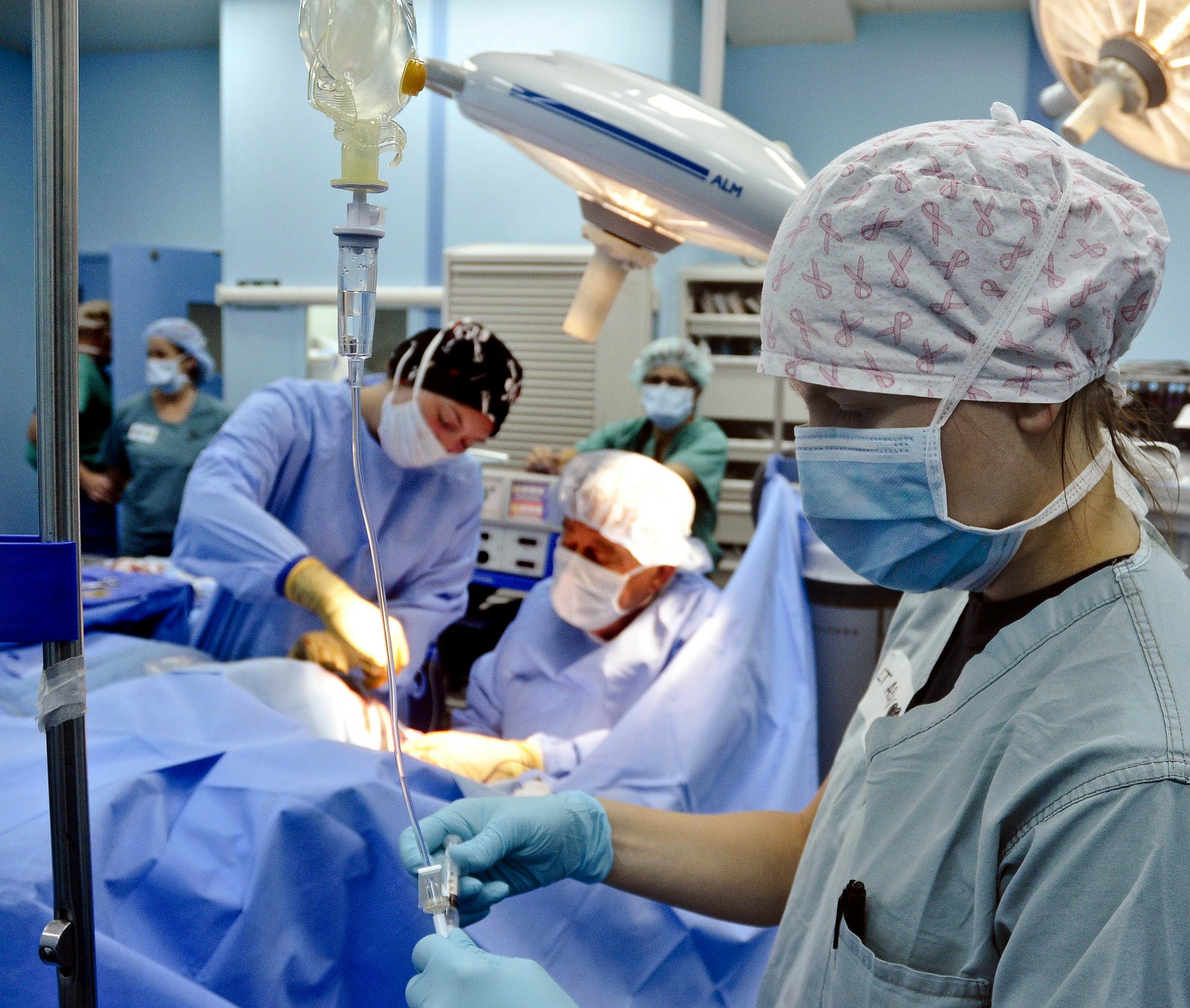The first baby born after a robotic uterine transplant was born in Sweden on Monday 8 April (see Robot-assisted uterine transplants: first pregnancy in Sweden). The baby boy was born at 36 weeks via a scheduled caesarean section; he measured 48 cm and weighed 2.9 kg. The woman was transplanted with her own mother’s uterus in October 2017 as part of the ‘Robot Project’. The donor was operated on using a less invasive technique than traditional open surgery: robots remotely controlled by the surgeons’ joysticks removed the uterus through five 1-cm incisions. This ‘keyhole surgery’ enables a donor to recuperate faster after the operation. The uterus was then transplanted using conventional open surgery. An embryo conceived by IVF before the transplant was transplanted ten months later.
“This is an extremely important step in the development and safety of uterine transplantation surgery. We’re proving for the first time that less invasive robot-assisted surgery is practicable”, said Mats Brännström, professor of obstetrics and gynaecology at the Sahlgrenska Academy, which is pioneering this research on uterine transplants. “In the future, we’re also going to be able to transplant the uterus into the recipient using a robot-assisted keyhole technique”, added Niclas Kvarnström, the surgeon who connected up the blood vessels during this transplant.
This is the ninth Swedish baby born following a uterine transplant, and the first after a robotic transplant. Five other women who received this new type of transplant in 2017 and 2018 are also waiting to become pregnant. In addition, the Sahlgrenska Academy plans to transplant a uterus from a deceased donor.
For further reading:
Uterine transplant from a deceased donor: first baby born in Brazil
Uterus transplants pose the same ethical problems as surrogacy
Medical Press,

